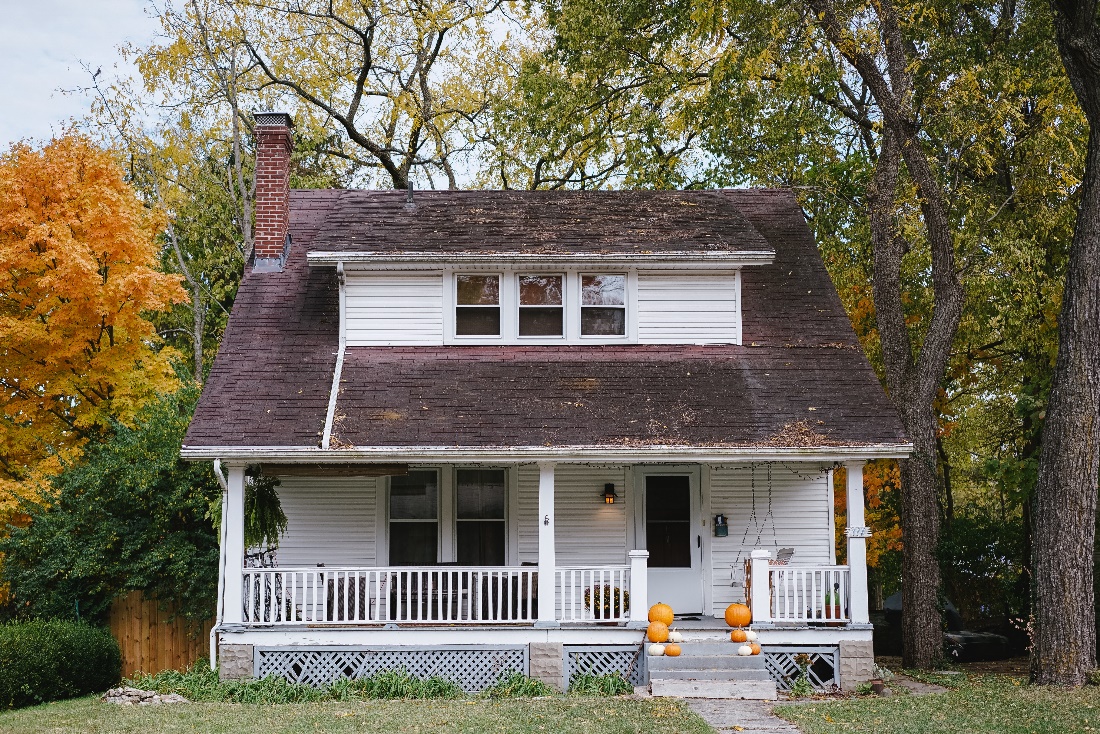To better understand where mortgage rates are going, it is best to look back. Here is your guide to mortgage rates by year in the USA

The Federal Reserve embarked on a mission to curb inflation in March 2022. Since that time, mortgage rates have skyrocketed at a record pace. The average 30-year fixed rate initiated in the past year was at just 3.22% in January, according to Freddie Mac. By October, the rate was 7.08%.
Halfway through 2023, mortgage rates continue to fluctuate between a low 6% and a high 6%.
But how does that mortgage rate compare to historical rates? What are some key dates to be aware of? And do mortgage rates go down in a recession? Here is your guide on mortgage rates by year in the USA.
Mortgage rates by year: where we are now
During the COVID-19 pandemic in 2020 and 2021, mortgage rates fell to record lows. The Federal Reserve’s emergency action helped to push mortgage rates below 3%, where they remained. This all changed in 2022, however, when inflation ballooned and mortgage rates skyrocketed to their highest levels since 2002.
In fact, the average 30-year rate went from 3.22% in January 2023 to 7.08% in October, according to Freddie Mac. Then, in the first six months of 2023, the average 30-year fixed mortgage rate hovered between 6% and 7%.
By July, mortgage rates began stabilizing. With inflation also leveling off, industry experts hope to see mortgage rates drop by 2024. However, there is some disagreement about whether it will be a significant decrease.
What have mortgage rates been over the years?
Mortgage rates are currently more than twice their all-time low of 2.65%, which was reached in January 2021. However, looking at mortgage rates in the USA over the long-term, we will see they remain below the historic average.
Freddie Mac, the leading source for mortgage rates in the USA, first began keeping records in 1971. Between then and now, the 30-year fixed-rate mortgage average is 7.74%. The highest rate for the same type of mortgage was 16.63% in 1981, followed by its next highest figure of 16.04% in 1982.
Mortgage rates by year: key dates
According to Freddy Mac records dating back to 1971, the average mortgage rate is just under 8%. However, mortgage rates can fluctuate significantly by the year. Some years, that fluctuation is more dramatic than others.
When considering mortgage rates by year, here is a look at some key dates:
1981
The beginning of the 1980s saw the worst year for mortgage interest rates to date. The average mortgage rate in 1981 was 16.63%. So how bad did it get for home buyers? At a rate of 16.63%, a mortgage costing $200,000 would come with a monthly payment cost—for principal and interest—of $2,800. The long-term average mortgage rate of 7.74%, meanwhile, would equal $1,300 per month.
Some Americans actually paid a higher mortgage rate that year. The week of October 9, 1981 saw mortgage rates average 18.63%—which is the highest mortgage rate on record.
2008
This was the last year of the mortgage meltdown. According to Freddie Mac, mortgages in 2008 were available for 6.03%. Excluding tax and insurance, the monthly cost for a $200,000 home loan was $1,200. After 2008, mortgage rates began a steady decline.
2016
Until 2021, 2016 saw the all-time lowest mortgage rate in the USA. The typical mortgage in 2016 was priced at 3.65%, according to Freddie Mac. That means a mortgage of $200,000 had a monthly cost, for principal and interest, of $915. That is more than $500 less per month than the long-term average.
Note, however, that mortgage rates had actually fallen lower in 2012. In November of that year, the average mortgage rate hit 3.31%. But since some of 2012 was higher, the whole year averaged 3.65% for a 30-year mortgage.
2019
Contrary to what many experts predicted, mortgage rates dropped in 2019. In 2018, economists forecasted that mortgage rates would rise to 5.5%. However, mortgage rates went from 4.54% in 2018 to 3.94% the following year.
The monthly cost for a home loan of $200,000 at that rate was $948. When compared with the 8% long-term average, that would be a savings of just over $500 per month.
In 2019, experts also predicted that mortgage rates would not drop any lower than 3.94%. But this was another fact proven wrong, when rates dropped again in 2020 and 2021.
2021
In response to the COVID-19 pandemic, mortgage rates dropped in 2020 and 2021. In July 2020, the 30-year fixed mortgage rate dropped below 3% for the first time. By January 2021, the rate fell to a record low of 2.65%. The average rate for the entire year was 2.96%. Not counting taxes and insurance, that would mean the average monthly cost for a $200,000 loan would be just $806. It also represents savings of nearly $700 per month compared to the 8% long-term average.
It should be noted that these record-low rates were due largely to COVID-19-era policies from the Federal Reserve that were especially accommodating. These were policies that were never designed to last over the long term.
2022
Mortgage rates jumped again in 2022 due to multiple factors. Sharp inflation growth, higher benchmark rates, and a drawback on mortgage stimulus by the Federal Reserve were all contributors to that spike. According to Freddie Mac, the average 30-year mortgage rate went from 3.22% in January to a high of 7.08% in October.
2023
Mortgage rates in 2023 have continued to increase while the Federal Reserve battles against inflation, edging closer to its 2% target. The benchmark interest rate rose five percentage points since the Fed started its rate hikes in March 2022.
During the first week of 2023, the average 30-year mortgage rate hit 6.48%, fluctuating to land at 6.69% by mid-June, according to Freddie Mac. Experts suggest the recent consecutive rate hikes might be settling down and anticipate that rates will drop below 6%. Whether this is likely to happen in 2023 or 2024 remains to be seen.
Do mortgage rates go down in a recession?
Yes. If the economy slows too dramatically, the USA will enter into a recession. With people losing their jobs and economic growth stalling, reduced incomes mean that people will purchase fewer goods and services. It is at this point that the Federal Reserve will lower interest rates to stimulate growth.
Due to lowered interest rates, businesses might hire back their workers, meaning more people are likely to borrow money. If rates do not fall too low, the economy will begin to grow, which in turn causes inflation to return and the Federal Reserve to crack down. In other words, periods of recession and growth are in a constant tug of war.

Mortgage rates by year: closing thoughts
Historically, mortgage rates have been influenced by multiple factors, from the housing crash to the COVID-19 pandemic. While the Federal Reserve’s policies to battle inflation could determine a drop in the mortgage rate by 2024, it is difficult to tell.
To work with a loan officer to help you navigate these policy changes, take the time to look at the mortgage professionals we highlight in our Best of Mortgage section. Here you will find the top performing mortgage professionals, including mortgage loan officers, across the USA.
Have any knowledge of mortgage rates by year? Let us know in the comment section below.



